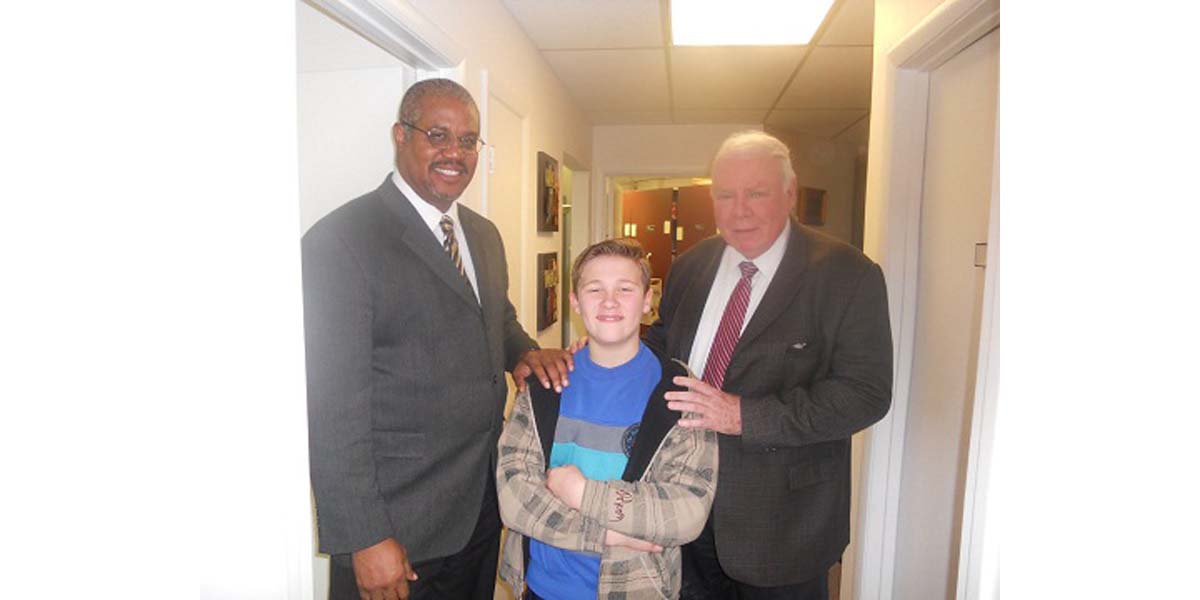Table of Contents
Brendan Stack is a dentist with a mission. Dr. Stack, along with a few other practitioners in his field, has discovered that orthodontics and dental appliances not only can treat misaligned bite, but many other disorders.
Dr. Stack tells his patients that he is "results oriented." Fitting treatment to the niceties of academic theory seems not to be high on his list of priorities. But first let's take a look at the underlying principle in mainstream medicine that explains how treatments work:
Neurons that wire together, fire together.

Most of modern neurology focuses on repairing or compensating for the "wiring" of the brain so that useful nerve signals can be sent to the parts of the body that need them. The cutting edge of this line of research literally involves creating digital circuits to replace malfunctioning nerve circuits.
Dr. Stack's treatments and similar therapies, however, work on a different principle. That principle is:
Neurons that fire together, wire together.
Dr. Stack's dental appliance adds a tiny amount of physical stimulation to the nerves that flow through the face. The nerves in the jaw add the message "I'm being raised ever such a tiny bit, I'm being raised ever such a tiny bit," over and over and over again to all the other nerve traffic traveling through the face. This little bit of extra information can be enough to override the nerve signal that causes a tic, or a twitch, or a tremor.
Dr. Stack keeps adjusting the dental device every few days to every few weeks to ensure that a slightly different nerve message keeps being transmitted. Eventually, the nerves involved in the symptoms of Parkinson's, Tourette's, torticollis, or other conditions the Dr. Stack treats wire together so that the symptoms of the brain disease in the rest of the body are permanently suppressed. This is done without surgery, without implanting electrical devices, and without medications.
The approach to treating chronic neurological conditions developed by Stack and colleagues is not unique in the medical world. Countless Parkinson's patients have devised their own forms of exercise to keep their abilities to maximize muscle control. Others use one of several systems of physical exercise to maintain control over their muscles.
People who have Tourette's syndrome often learn that certain visual cues or certain kinds of sounds set off their symptoms. Sometimes they learn how to avoid the triggers for their tics, twitches, and vocalizations. Many people who have torticollis or cervical dystonia benefit from simple massage therapy, or even by giving massages to others.
The next few articles in this series will examine how Dr. Stack's methods apply to specific, common, hard to treat neurological conditions. These articles will explain the nuts and bolts of how the neurocranial vertical distractor helps Dr. Stack's patients get well, and how similar techniques get similar results when applied the right way.
- Beck, Randy W. Functional Neurology for Practitioners of Manual Therapy (Churchill Livingston, 2007)
- Photo courtesy of Carla Richards at http://www.mrswashington2010carlarichards.com/2010/11/trip-to-virginaia-to-seek-alternative.html

